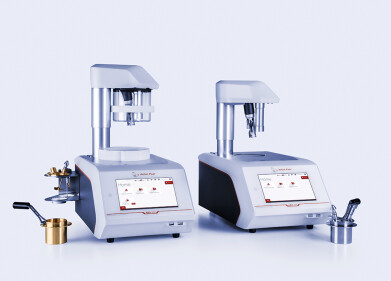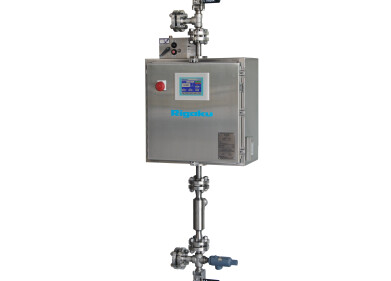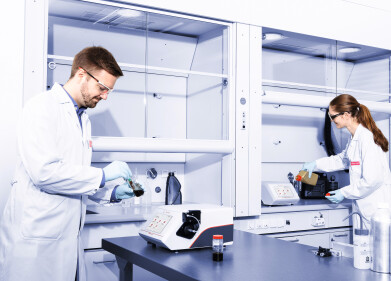Measurement and Testing
What is the D1319 Crisis?
Aug 07 2019
The aviation industry is currently in limbo due to what’s being called the ‘D1319 crisis’. It concerns a standardised testing method known as ASTM D1319. Over the years, D1319 has become one of the most important and popular tests for aviation fuels. However, it’s now unavailable to fuel suppliers…
What is ASTM D1319?
ASTM D1319 was developed over 60 years ago by the American Society for Testing and Materials – now known as ASTM. It uses fluorescent indicator adsorption (FIA) to separate saturates, olefins and aromatics from a given fuel sample – as well as separating the dyes themselves. This form of separation relies on both a silica gel and the specific dyes.
As mentioned, it’s become commonplace, not only for jet fuel, but also for petrol and diesel products. As an example, the US Federal Aviation Administration (FAA) requires all jet fuel to be tested using ASTM D1319.
What’s gone wrong?
Aside from silica gel and alcohol, ASTM D1319 requires a particular fluorescent dye for the tests to be completed. However, in December 2018, it was revealed that the dye would be no longer available.
In short, the sole manufacturer of the FIA dye is no longer operating and the formulation itself is yet to be regulated by UOP – the international licensor for the petroleum refining industry.
Without a replacement, airports will be left with a large supply of unapproved fuel. At the same time, alternative testing methods are expected to rise in cost. This has left refineries and test labs looking for alternative analysis methods.
Is there a solution?
There are a select few alternatives when it comes to jet fuel analysis, namely ASTM D8267, ASTM D1840, ASTM D5186 and ASTM D6379. The problem? These methods vary in terms of accuracy, precision, speed and of course cost. In an industry as vast as aviation, the smallest difference for any of these factors can have huge implications.
At present, ASTM D8627 is considered the front runner when it comes to alternative jet fuel analysis methods. This method uses a VUV Analyzer Platform, which is a single platform for fuel analysis. To find out more, check out the e-learning session ‘ASTM D8267 the only real solution to the ASTM D1319 Dye Crisis’, which explores the method in further detail and compares it with other available tests.
Digital Edition
PIN 25.5 Oct/Nov 2024
November 2024
Analytical Instrumentation - Picturing Viscosity – How Can a Viscometer or a Rheometer Benefit You? - Sustainable Grease Formulations: Evaluating Key Performance Parameters and Testing Method...
View all digital editions
Events
Nov 27 2024 Istanbul, Turkey
Biogas Convention & Trade Fair 2024
Nov 27 2024 Hanover, Germany
Dec 03 2024 Dusseldorf, Germany
Dec 08 2024 Anaheim, CA, USA
Turkey & Black Sea Oil and Gas
Dec 11 2024 Istanbul, Turkey



















